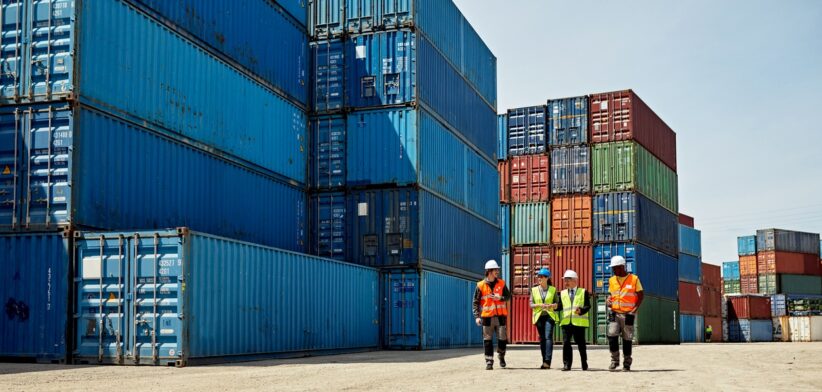A mixed bag of economic data has been released with export prices dropping, dwelling approvals improving and retail spending effectively flat.
The latest Australian Bureau of Statistics (ABS) figures showed the Export Price Index fell 4.3 percent in the September quarter, and 6.8 percent over the year.
Other releases revealed the total number of dwellings approved rose 4.4 percent in September to 14,842, following a 3.9 percent fall in August and Australian retail turnover rose 0.1 percent in that time.
ABS head of prices statistics Michelle Marquardt said Australia’s major export commodities fell for the third quarter in a row, with coal, coke and briquettes dropping 8.9 percent and metalliferous ores and metal scrap down by 8.6 percent.
“A sluggish Chinese residential property market has continued to impact their domestic steel production. This has hindered demand for Australia’s iron ore and metallurgical coal, with Chinese inventories of both commodities rising during the quarter,” Ms Marquardt said.
She said prices for crude fertilisers and minerals fell 14.4 percent in the September quarter and 69 percent through the year.
“The main contributor to this category is lithium where there has been continued expansion of global production and increases in overall supply, leading to price falls.”
ABS head of construction statistics Daniel Rossi said the rise in dwellings approvals was driven by increases across all dwelling types.
Mr Rossi said private sector houses reached 9745 approved in September, to be at the highest level since August, 2022.
He said private dwellings excluding houses rose by 4.7 percent, but remained at subdued levels following a 13.5 percent fall in August.
“The September result was driven by a rise in approvals for high-density apartments. There were 1815 apartments approved in nine or more storey blocks in September, in original terms, compared to 1201 in August.”
ABS head of business statistics Robert Ewing said the slight rise in retail turnover came after growth of 0.7 percent in August and a flat result in July.
“After a boost last month from warmer-than-usual weather, retail spending held firm in September,” Mr Ewing said.
He said turnover results were mixed across the industries with household goods retailing (0.5 percent) having the largest rise, after being the only industry to fall last month (-0.4 percent).








